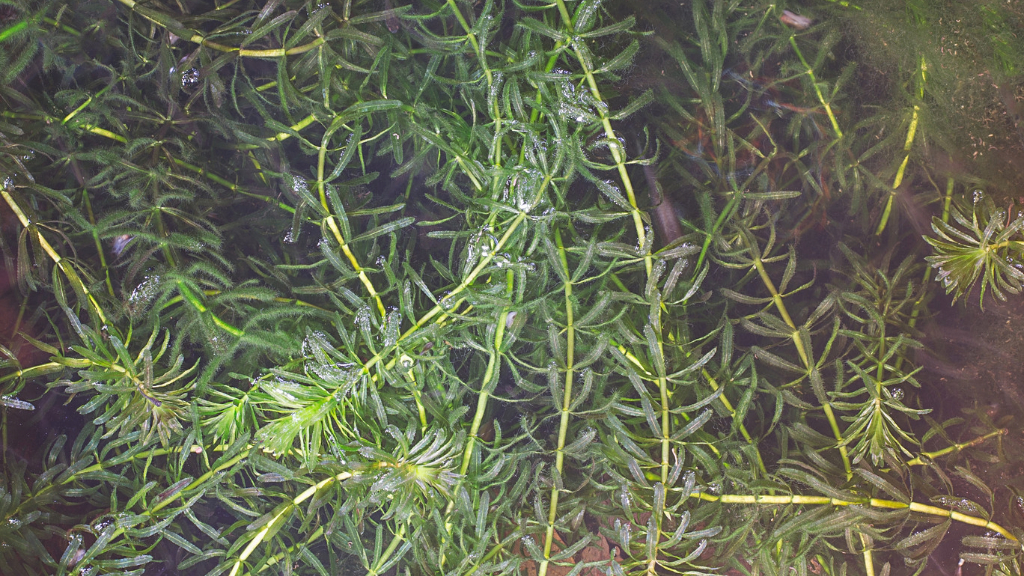Aquatic Weeds And Fish - Top Worst Aquatic Weeds In Ponds


If you're lucky enough to have a pond or lakefront property, you can extend your garden to the aquatic. A water garden or a clean, pretty lake can be such a joy, but aquatic weeds can ruin the experience. Know what the worst aquatic weeds are, how to control them, and get back to enjoying a natural, beautiful aquatic feature in the garden.
Aquatic Plants are Not All Bad
Some of the aquatic plants you see in ponds and lakes are native and part of the ecosystem. You may add plants to your backyard pond to enhance the ecosystem and appearance too. There are three broad classifications of aquatic plants:
- Emergent plants - Emergent plants root in the soil, grow along shorelines, and stick out of the water.
- Floating plants - Floating plants do not root and can drift across the surface.
- Submerged plants - These plants live completely submerged under water.
Native aquatic plants provide shelter for fish, birds, frogs, and other animals. They provide habitat for insects, many of which are food for fish. Some plants act as natural filters in the water and shoreline plants prevent erosion.
Aquatic Weeds in Ponds and Lakes
There are a lot of reasons to watch out for invasive species. Aquatic weeds and fish often have a symbiosis, but invasive plants can destroy fish species' natural habitats. They may not support the insects that native fish eat. Certain aquatic weeds even cover the surface of the water to the extent that fish and native plants die. They tend to grow very fast, reproduce, and survive better than native species.
These are the top damaging aquatic weeds to watch for:
- Water hyacinth - This is one of the worst weeds, and it grows rapidly. Aquatic gardeners brought water hyacinth from South America, but it has taken over many areas in the southeast U.S.
- Hydrilla - Brought from Asia for aquariums, this submersed plant will block out sunlight and choke out life below. Hydrilla grows an inch (2.5 cm.) or more per day.
- Milfoil - Another submersed plant, Eurasian milfoil can grow new plants from tiny fragments.
- Alligator weed - This emergent species is prevalent in Florida where it forms dense mats that choke out life and clog canals and ditches.
- Purple loosestrife - If you have native wetlands on your property, watch out for this invasive weed. Purple loosestrife is in all states but Florida and is choking out native species.
Aquatic Weed Control
Controlling aquatic weeds, especially fast-growing invasive species, can be challenging. If it's a big job across a lakefront or entire pond, call in a professional. There are companies that will mechanically remove weeds, so you don't have to worry about harming fish or other plants with herbicides.
In smaller areas, you can simply pull the plants out as they emerge. This has been found to be the best way to control water hyacinth. Researchers are also working on introducing insects that eat specific plants. Check with your local extension office for advice on the specific weeds you have in your aquatic garden.
Sign up for the Gardening Know How newsletter today and receive a free copy of our e-book "How to Grow Delicious Tomatoes".

Mary Ellen Ellis has been gardening for over 20 years. With degrees in Chemistry and Biology, Mary Ellen's specialties are flowers, native plants, and herbs.